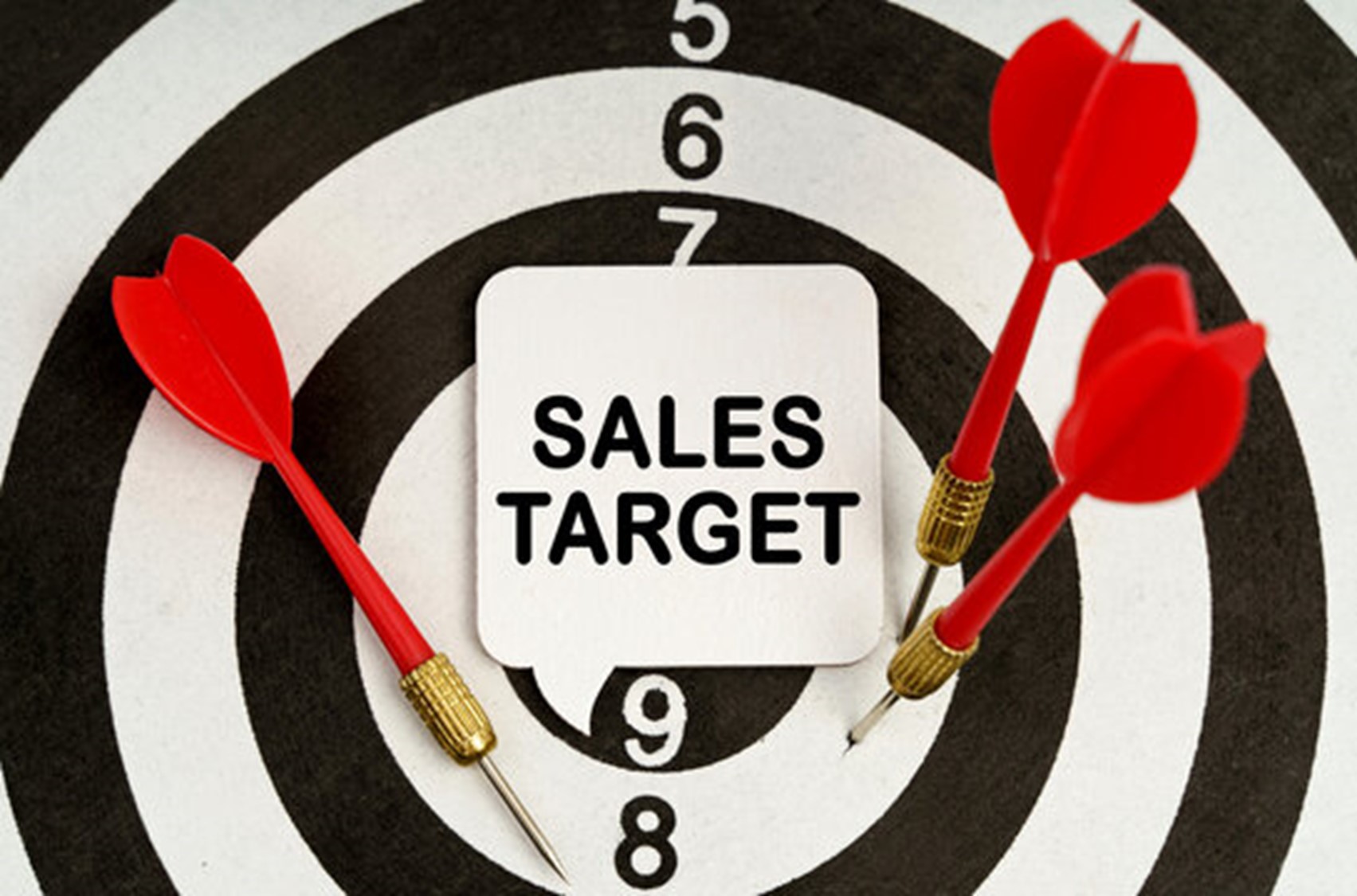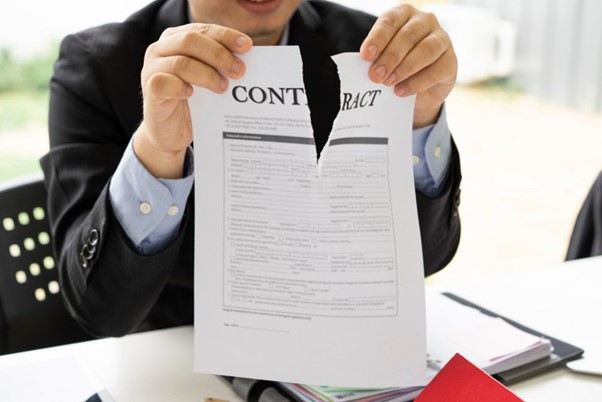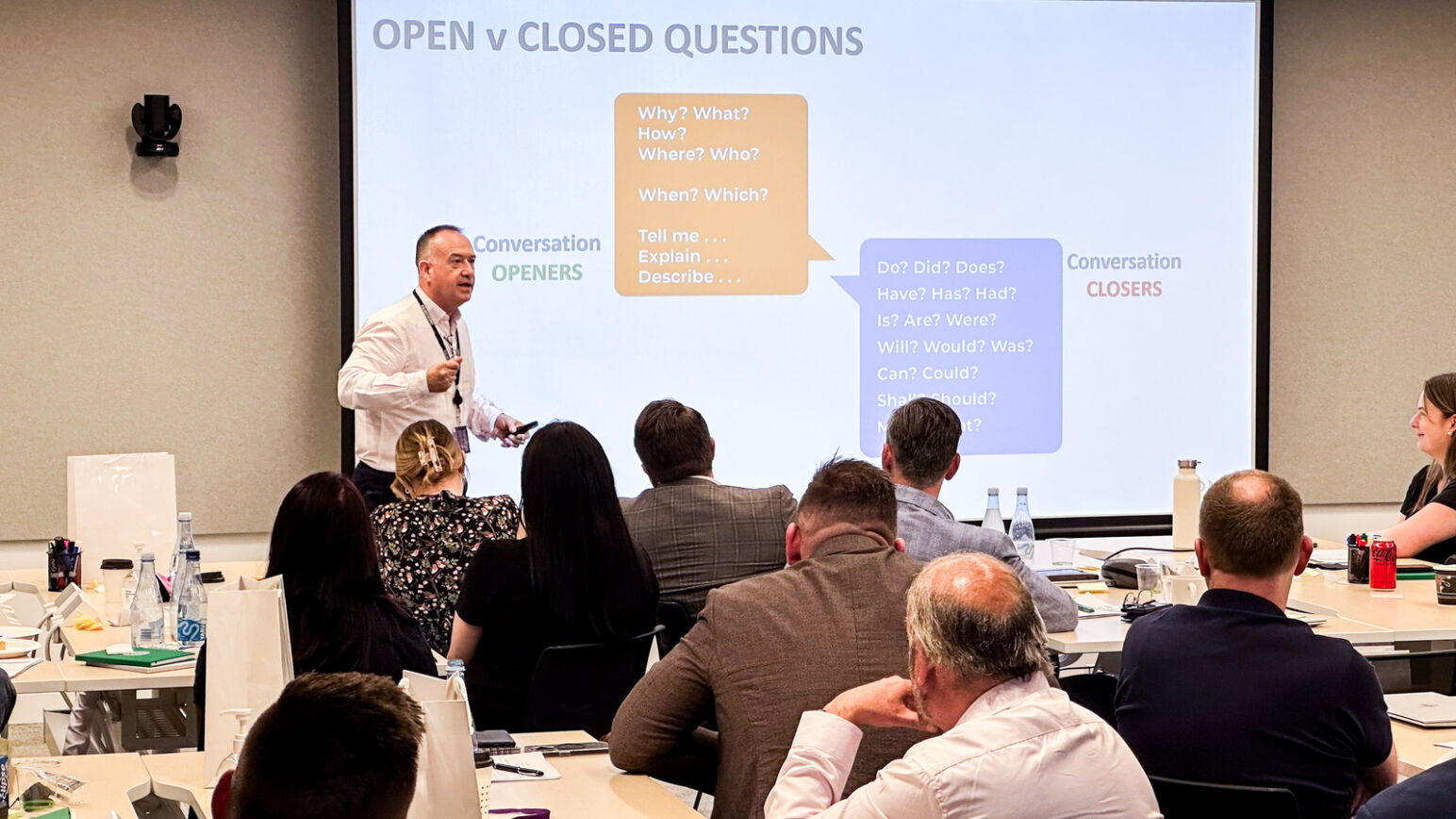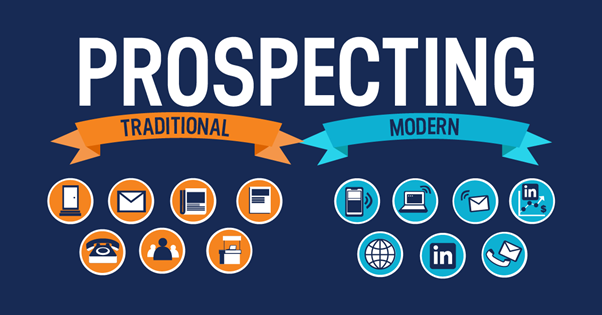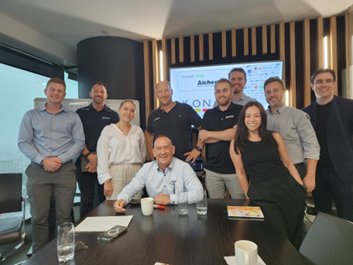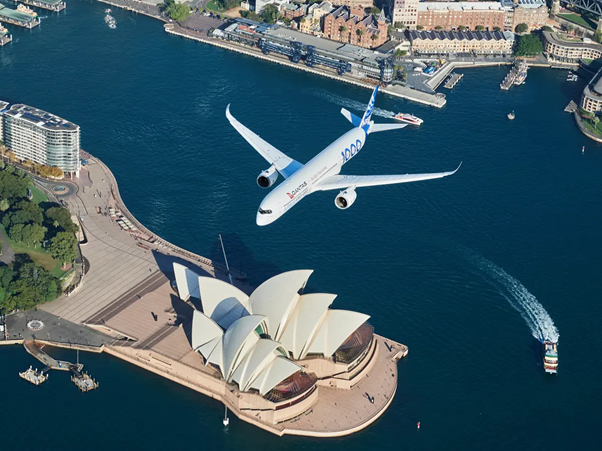Missing sales targets can indeed have both positive and negative aspects, like a double-edged sword.
How a company handles a salesperson missing their targets can significantly impact morale, performance, and the overall success of the sales team. It’s important to strike a balance between holding salespeople accountable for their results and providing them with the support and resources they need to succeed.
Here is one example of a situation and what we did to fix the issue QUICKLY!

CASE STUDY – Technology Product Focused Partner Solutions Team
Initial situation
- Sales teams consistently missing target.
- Team of ‘product floggers’ rather than ‘business builders’ or solution sales people.
- Successful historically, yet needed to demonstrate to partners and suppliers the value that their proposition brought to their businesses.
What we did …
- Refocused sales team on key activities and work preferences (Hunters or Farmers)
- Coached all sales team, in the field and in workshops, in ‘Hearts and Minds’ solution selling
- skills.
- Implemented LSMFT Value Proposition.
- Introduced Partner Business Development Programme to drive “sell through”, not just
- “sell to”.
- Coached the whole leadership team.
Outcomes …
- 12% increase in sales revenues.
- Relationship with major distributor became a true ‘strategic partnership’.
- Sales team worked closer with their Distribution Partners.
- Wider range of products and solutions sold.
The above is, in our opinion, the best and quickest way to solve the problem. However, if you have time, some other common ways businesses can address missed sales targets can include:
Regular performance reviews
The salesperson’s performance can be reviewed to understand why the targets were not met. This may involve examining sales tactics, customer interactions, market conditions, and other relevant factors.
As a Sales Manager, it’s a good idea to schedule a time each month to meet with each member of your sales team individually to go over their performance, any roadblocks they may be experiencing and any goals they have set.
Training, coaching and support
Sales managers may consider engaging with a Sales Trainer to offer additional coaching and support to help the salesperson improve their skills and strategies. This could involve:
- providing a tailored training program
- guidance on prospecting techniques
- assistance in overcoming specific challenges
Goal adjustment
In some cases, if the sales targets were unrealistic or circumstances beyond the salesperson’s control impacted their ability to meet them, the targets may be adjusted to be more attainable.
Accountability
While support and coaching are important, there is also a level of accountability for the salesperson to take ownership of their performance and actively work towards improvement. This may involve setting clear action plans and timelines for improvement.
Learning and improvement
Missing sales targets presents an opportunity for learning and improvement. A good Sales Trainer will encourage Salespeople to analyse what went wrong, identify areas for growth, and adjust their approach to increase their chances of success in the future.

Positives of missed targets
On one hand, it can be seen as a blessing because it presents an opportunity for learning and growth. When targets are missed, it prompts a reassessment of strategies and processes, encouraging businesses to identify weaknesses and areas for improvement. This can lead to valuable insights that help refine future sales approaches and ultimately contribute to long-term success.
Negatives of missed targets
On the other hand, missing sales targets can be viewed as a curse due to the immediate negative consequences it may bring, such as:
- financial losses
- damaged morale among sales teams
- loss of confidence from stakeholders
Additionally, it may also signal broader issues within the organisation, such as ineffective marketing strategies, inadequate product offerings, or a lack of alignment between sales and other departments.
Ultimately, how a company responds to missed sales targets determines whether it becomes a blessing or a curse.
By adopting a proactive approach, acknowledging shortcomings, and implementing necessary changes, businesses can turn missed targets into opportunities for improvement and future success.

Contact KONA to discuss how we can strengthen and motivate your sales team.
Call 1300 611 288 or email info@kona.com.au

